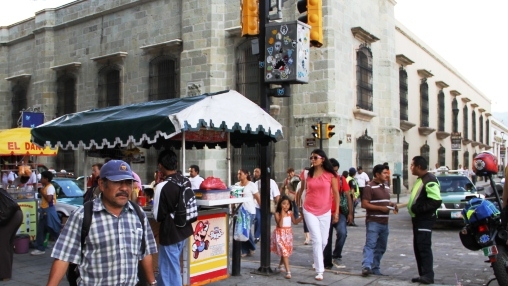Osmaida Pineda Santiago has two small sons. She and her husband are both working. They just bought a house, partly with a loan that they are now starting to pay back. “We are limiting ourselves a lot so we can be just fine, and don´t need anybody to help us, but can live well,” she explains.
Based on its income, her family is part of the Mexican middle class. According to a new World Bank study, the middle class in Latin America are people who make between US$10 and US$50 per day and per person.
Many Latin Americans from the middle class dream of having their own home, and Osmaida has recently achieved it. Her house in Oaxaca is decorated with false lizards outside and religious pictures inside. There are toys, pencils and exercise books on the living room table.
The building has two floors, including a spacious kitchen and a living room with a TV. Osmaida’s family is living comfortably, but they cannot afford luxury or superfluous things.
“We can´t deviate and buy other things, because now the cost of the house is large…it’s school, fuel and food,” she says.


